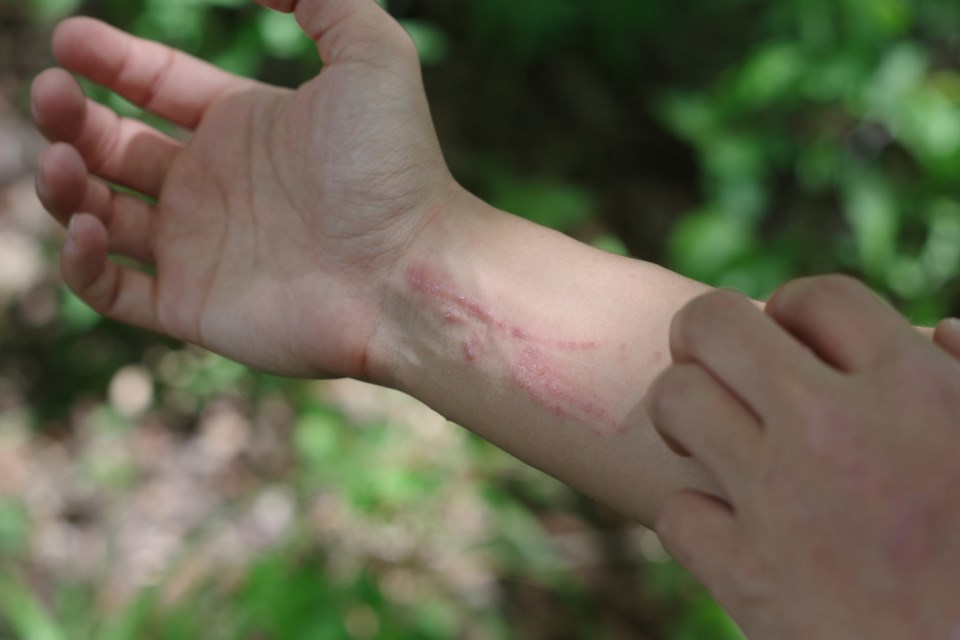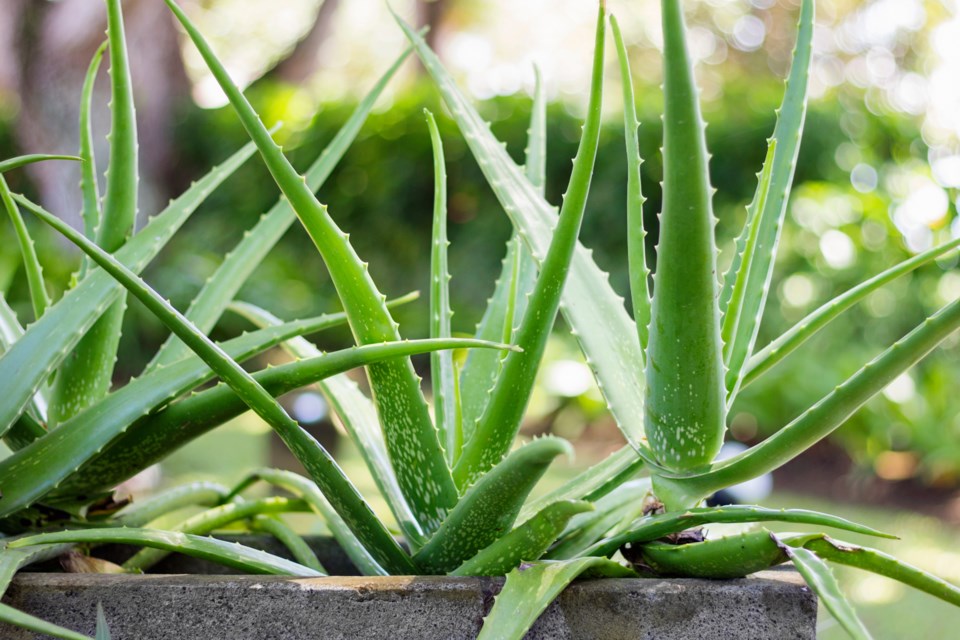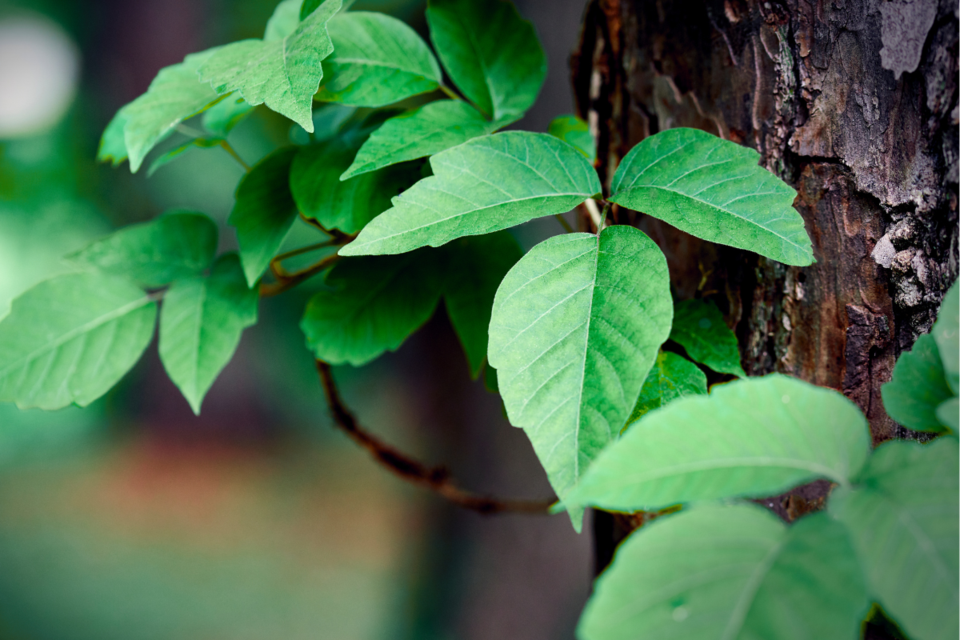If you love spending time outdoors in Ontario’s parks and woodlands, chances are you’ve encountered poison ivy at least once. This pesky plant, known for its shiny leaves grouped in threes, can cause an itchy, uncomfortable rash if you come into contact with it because of a chemical called urushiol.
When urushiol touches your skin, your body can launch an allergic reaction within hours. The oil binds quickly, triggering irritation that often shows up as redness, swelling, and intense itching. If your skin is especially sensitive, the reaction can include fluid-filled blisters and significant discomfort. And although the rash might seem like it spreads, that sensation is usually due to delayed reactions in areas that absorbed different amounts of urushiol. Poison ivy rash doesn’t actually spread from scratching or touching the rash itself.

While the rash can be irritating, several natural home remedies are recommended that can help soothe your skin.
Wash Immediately
The most important step after contact is to wash the area with cold water and soap as soon as possible. This helps remove the urushiol oil and can prevent or lessen the rash. If you’re hiking or camping, carrying specialized cleansers like Tecnu can be useful in a pinch.
Oatmeal Baths
Oatmeal is a classic skin soother. Taking a cool oatmeal bath can relieve itching and calm irritated skin. You can find colloidal oatmeal products at most pharmacies or simply grind plain oats into a fine powder at home.
Aloe Vera

Known for its cooling and anti-inflammatory effects, aloe vera gel is a great natural option to apply to poison ivy rashes. Whether from a plant or store-bought, it helps reduce redness and discomfort.
Witch Hazel
This natural astringent, available in most drugstores, helps dry out blisters and reduce inflammation. Dab witch hazel on your rash with a cotton ball a few times a day for relief.
Baking Soda Paste
Mix baking soda with a little water to create a thick paste, then apply it to itchy spots. This remedy can help dry out blisters and reduce your urge to scratch.
How to Spot Poison Ivy
Poison ivy is most commonly found along forest edges, trails, and disturbed areas across Ontario like roadsides or cleared patches. It can be recognized by its signature “leaves of three,” where each cluster has three shiny, pointed leaflets that may be smooth or slightly toothed. The leaves change colour with the seasons, from bright green in spring and summer to shades of red and orange in the fall. Being able to identify poison ivy is the first step to avoiding a rash.
How to Prevent Poison Ivy Rash
To prevent a reaction, it’s important to steer clear of poison ivy whenever possible. When spending time in wooded or brushy areas, wear long sleeves, pants, and closed-toe shoes to minimize skin exposure. After outdoor activities, wash your clothes, shoes, and gear thoroughly to remove any urushiol oil that might have transferred. And never burn poison ivy because breathing in the smoke can cause serious allergic reactions.
When to See a Doctor
Most poison ivy rashes improve with home care, but sometimes medical attention is necessary. You should see a doctor if the rash covers a large area of your body, especially your face or genitals, or if the swelling is severe. Also, if you notice signs of infection, such as increasing redness, warmth, pus, or fever, or if the itching and discomfort become unbearable, it’s important to get professional treatment. In some cases, a doctor may prescribe stronger medications to help control your reaction and speed up healing.




